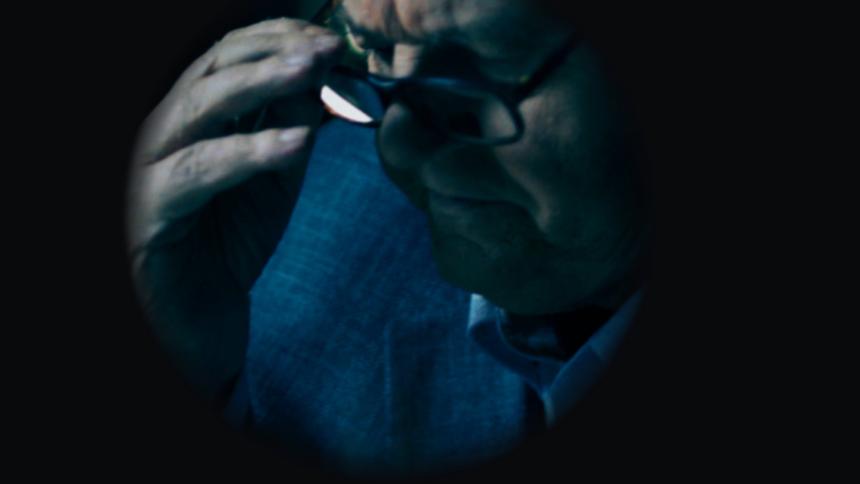
Episode 3: Under the MIcroscope
Last week on Robbie Coltrane’s Critical Evidence Sundays 10pm, we saw how modern policing was utilised to solve an almost “perfect” murder. However this weekends episode “Appointment with Death” hinged on old fashioned police work, so let’s dig a little deeper and go under the microscope.
It began as a missing persons case, but the discovery of a young girls body set investigators on a path requiring them to unravel a thick web of lies and deceit. After confirming that the victim was 17 year old Lynne Rogers, police set about trying to catch her killer, but all they had to go on was that Lynne had gone for a job interview and had waited outside Charing Cross train station, but this was 1991 and there wasn’t the complex network of CCTV cameras, so how would could they confirm who and when she was picked up from there?
So began the slow piecing together of shreds of information. Police released details of Lynne in the papers, which produced a number of witness reports, one by an observant cab driver who recognised her and went on to reveal that she had been picked up by a man in a blue car. This on its own wasn’t a lot to go on, but out of some form of civic duty he took it upon himself to track down the exact blue, which he then referenced against car manufacturers to reveal it was a blue Vauxhall. The second witness, more importantly, revealed the exact location of the killer, on the day that he had phoned up Lynne to invite her for a supposed “interview”, in the adjacent phone booth to him, which had struck him as an odd location to make a seemingly important business call.
Key elements were starting to match up, police had the killer making a phone call at an exact location, to his victim and they also had the blue Vauxhall that he had picked Lynne up in. In an age where CCTV was a mere pipedream the greatest eyes that they had on the street, were you and I. The dots were starting to form a picture to officers.
This paired with the dogged determination of the police, in particular rookie detective Clinton Novelle, in gathering hundreds of witness statements and trawling through equal numbers of phone statements, each having to be picked through, which led to identifying the name of Lynne’s violent killer.
Dogged determination of the police
Scott Singleton was that very name, the trouble was that he had spun such a complex and intricate web of lies that regardless of the polices confidence of him being the murderer, they had to prove it to a crown jury. Singleton was even on the verge of being released, but rookie detective Clinton Novelle wasn’t about to let that happen! To prove his guilt, he had to get access to Singleton’s teeth, to which he had refused to having casts taken as was his right. So Novelle worked day and night, going as far as waking dentists up at 10:30pm to see if they had casts of Singletons teeth and it was this determination that produced another key piece of critical evidence, his teeth! With casts of his teeth, forensics could match them to the bite mark that had been found on Lynne’s chin.
The murder of a young girl, on her way to what she thought was the start of a once in a lifetime career opportunity, was truly a tragic event. It was the tireless work of investigators, using old fashioned police techniques, that led to Singleton’s ultimate conviction and imprisonment. Highlighting the fact that even in the most intricate of cases, there is always a “paper trail” of critical evidence, and if an individual decides to commit such a heinous act then the law will not rest until they receive the justice that they deserve under the law.
The question I want to ask you is, in such a modern and technologically advanced society is there still a place for old fashioned policing, or must we move to instead relying on technology to provide the critical evidence?Have your say @CIand @CIUK.




